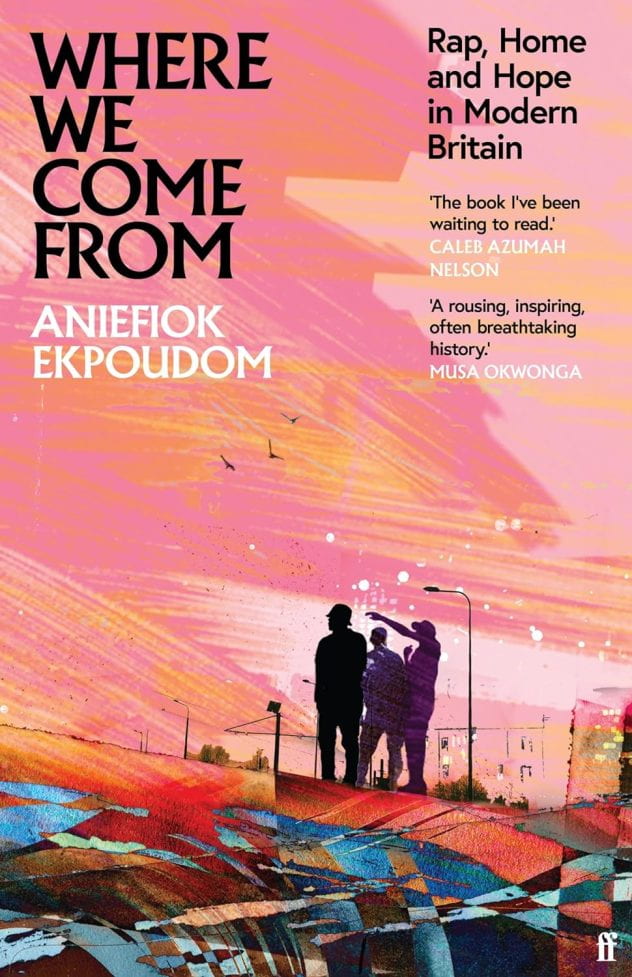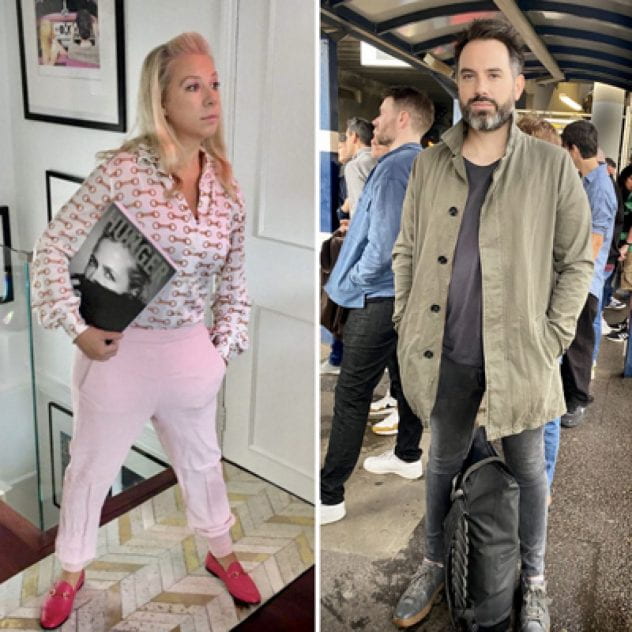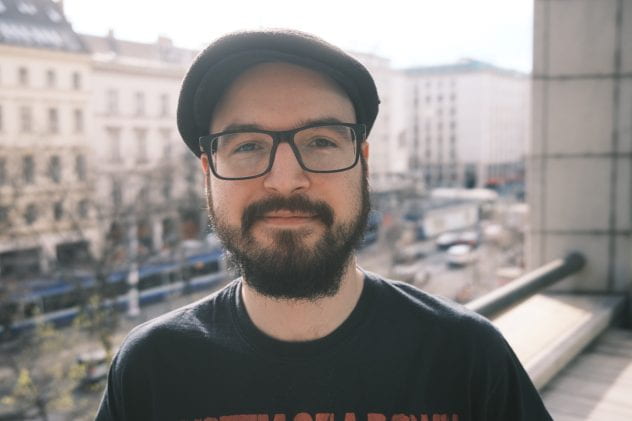By Maddy T Thomas
 Are you a budding copywriter looking for tips on how to get started? Here are three simple steps to help you build a portfolio using your interests as inspiration. Whether you love golf, graphic design or doing good, these strategies will help you on your way to producing top-notch copy.
Are you a budding copywriter looking for tips on how to get started? Here are three simple steps to help you build a portfolio using your interests as inspiration. Whether you love golf, graphic design or doing good, these strategies will help you on your way to producing top-notch copy.
1: Find your vibe
Start by listing your hobbies, interests and passions. Then, add the things you know about what you’ve written by cataloguing any required equipment, or linked famous faces or historical or annual events. International Women’s Day, for example. Don’t think yet; just write.
When you sit back and look at your list you may well be surprised by the wealth of information you have cached and can use as a basis for further research and writing.
Perhaps you’ve noted multiple dance brands and could put together an informative article on the construction of the ballet pointe shoe. Or a great listicle of five essential warm-up exercises. Start with what lights you up. Enthusiasm married with sharp copy translates into an engaging read.
2: Find your tribe
Look at your list again. Is it heavy in one particular direction? That’s your niche. Seek out any related blogs, magazines, websites and social media sites and look at the stories they publish.
A search on ‘bodybuilding UK’, for example, brings up magazines, blogs, websites and federation information with articles relating to wellness, nutrition and competitions, all designed to educate and inspire the consumer.
As a new copywriter looking to build a portfolio of varied writing, it can be helpful to see what’s already published in your areas of interest. Note the types of copy you’re finding in your research.
Perhaps your area of interest is heavy with ‘how to’ articles and listicles, or has respected blogs sharing well researched copy that enthusiasts can use to enrich their knowledge. It’s a good idea to write your own examples along these lines.
As a novice writer, research can give direction to practice pieces and help you come up with ideas, as well as help build a wish list of editor contacts to reach out to when the time is right.
3: Find your voice
Writing from hands-on experience and a true passion for a subject is a great place to begin persuasive writing.
Perhaps you’re a member of a society, trade union or professional body that has a publication? Members’ magazines can be a good starting point when building a writing portfolio.
You may have an existing magazine subscription that could be a useful jumping-off point when researching and producing copy for your niche. Many accept print and or digital article submissions from their subscribers.
When you write about what you love, there will be someone who loves what you write.
Maddy T Thomas is literary fiction author and creative copywriter.
Maddy took our Introduction to Copywriting short course with Maggie Richards. As part of the course, students have the opportunity to pitch a blog idea for our site. If successful, the post will be edited and published on the site.
The next Copywriting course, which runs monthly, is in May. Maggie also runs our Writing for Business course.
For all our courses, visit our homepage HERE.

Author Maddy T Thomas

 By Maria Sigacheva
By Maria Sigacheva The introduction should summarise the purpose of the letter. Whether it’s about missing documents or querying financial statements, make it clear upfront.
The introduction should summarise the purpose of the letter. Whether it’s about missing documents or querying financial statements, make it clear upfront. information twice. Make sure you order events chronologically.
information twice. Make sure you order events chronologically.







 Lara Haworth’s debut novel Monumenta is due out with Canongate in July.
Lara Haworth’s debut novel Monumenta is due out with Canongate in July. 















 f our emotions we are the more we can connect with others.
f our emotions we are the more we can connect with others.



Recent Comments